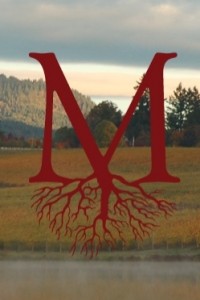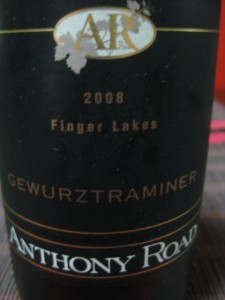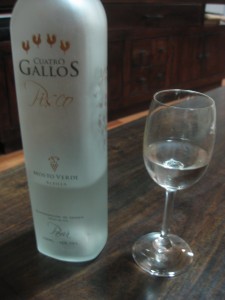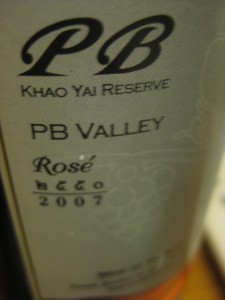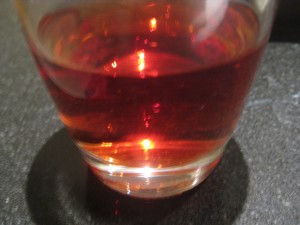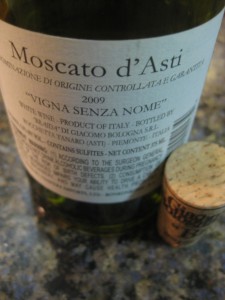Geh-hurts. Tra-Meaner. Wine that sounds this tough and inscrutable gets passed over on the menu all the time. Puzzling out why it’s skipped over on the menu is easy enough to understand when you pronounce out the five-syllables required to ask for this grape.
Mildred
Imagine if Lolita had begun with “Geh-hurts. Geh-hurts. Tra-Meaner.” Might as well call her Mildred – not exactly illicit connotations jumping to mind when you hear your great-aunt’s cane in the hallway. Not to mention how difficult it would have been for Nabokov to describe his famous paramour: “Lo-lee-ta: the tip of the tongue taking a trip of three steps down the palate to tap, at three, on the teeth. Lo. Lee. Ta.” Try describing Gewurztraminer that way – it gets pretty comical, pretty fast.
Strangely enough, Gewurztraminer is your great-aunt Mildred in those really old photos on the wall. She’s young, all smiles and playful in a pre-WWII (pre-Humbert) way. We’re talking white wine, yellow (not clear) in the glass, hugely aromatic (second to only one) and the first choice for BYO dinners at Asian restaurants. Even that ugly “Gewurz” prefix has a pretty meaning in German – “perfumed.”
Tastes
West Coast Sample (WA) – Pretty dark yellow color, a round full body like a peach, sweet on the tongue and tastes like lychee and apple (Red Delicious variety – thanks michigan upbringing)
East Coast Sample (NY) – Honey smell and honey taste with some floral stuff thrown in. Starts with full body, long middle, finish falls a bit flat.
Detail Up!
Montinore Estate 2006 Gewurztraminer from Willamette Valley in Washington, USA.
Anthony Road 2008 Gewurztraminer from Finger Lakes in New York, USA.
Google Randoms:
* Gewürztraminer – rarely spelled right. Umlaut optional
* Traminer is a really old, mostly forgotten (other than Geh-hurts) grape aristocracy occupying the former Hapsberg lands.
* Lots of new grapes have spawned off from Gewurztraminer thanks to breeders’ tinkering. Traminette is one to try – it recently became Indiana’s signature grape.
